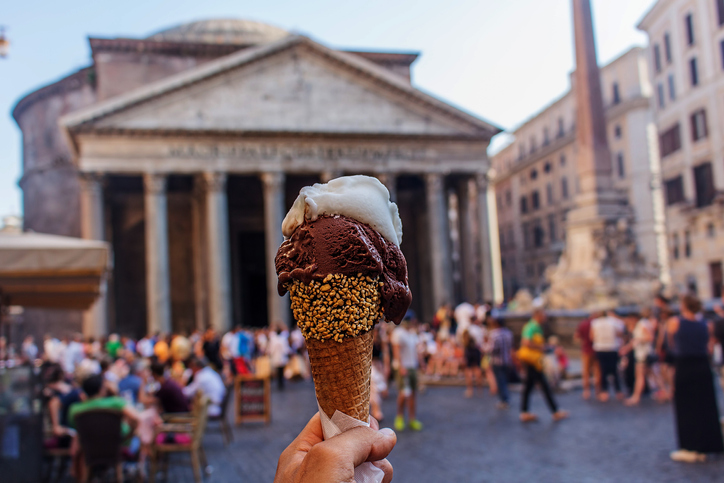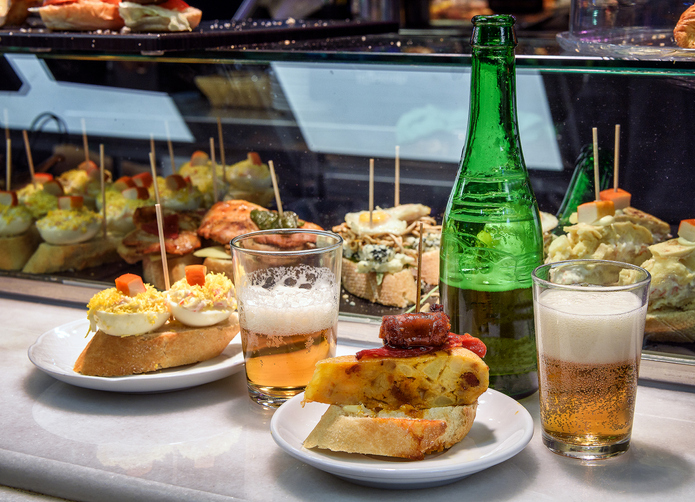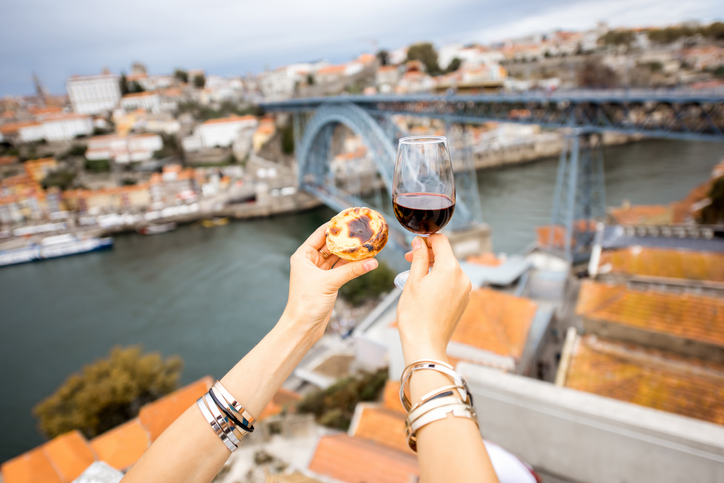The Blueroom Project has carried out the 1st Spanish edition of the “2018 study of Gastronomy Tourism”. The study aims to investigate the trend in travel around gastronomic experiences to analyse the evolution of the market and provide insight into the coming years.
The report, which was carried out in the first quarter of 2018, collected the opinions of over 200 professionals in the Spanish tourism industry, nearly 65% of which are travel agents or tour operators.
Culinary experiences: a defining factor
Firstly, the study presents an overview of the involvement of the “culinary factor” in the choice of holiday, and the role it plays in brand image, as an aspect of added value, and as a percentage of business volume. For 80% of those surveyed, culinary experiences are a determining factor at the point of choosing a holiday and influence the perception of a destination’s image. 14%, meanwhile, believe it has no influence on tourists when it comes to travel. Similarly, 40% of interviewees think the culinary factor accounts for up to 50% of the attractiveness of a destination, while 20% believe the percentage to be higher than 50%.

When talking about business growth, 73% of tourism industry professionals say that food tourism has contributed to growth, while 42% of these professionals say that this growth has been “considerable” over the last 3 years. Likewise, for 29% of those surveyed, average business volume from the niche accounts for up to 30% of overall business volume, while 9% say that it accounts for more than 30% of their results.
Speaking about sales and the marketing of culinary trips, the study reveals that it is establishing itself as a true sector of the tourist industry: 44% of those surveyed sell a gastronomic package, while 24% of those who don’t are planning to do so soon. The influence of the internet was also obvious – while 43% of interviewees say that customised, face-to-face communication is the most successful sales channel, 41% confirmed that they also promote their products via the internet and associated social media channels (Facebook and travel blogs).
Added value
According to a majority of the experts, food tourists seek out trips to specific destinations and their surroundings as well as cultural tours. Wellness activities and in-location events are the second-most popular options, while shopping opportunities are relegated to third place. Gastronomic tours involving trips to markets, factories, farms; food and wine festivals; buying local products, cooking activities, or food and wine expos are travellers’ favourite activities.
Gourmet destinations

In the travel industry, the Basque Country, Galicia, Andalusia, Catalonia, Asturias, and La Rioja are the most “gourmet” regions in Spain. In fact, more than half of the professionals interviewed would be happy to propose a trip to León (the Spanish Capital of Gastronomy 2018) to one of their clients. France, Italy, Japan, Peru, Mexico, and Thailand are the most “gourmet” foreign destinations.
The profile of the gastrotourist
The study’s main conclusions indicate that gastronomic tourism is equally popular among men and women, with the average age of someone looking for an authentic experience via food and drink being between the ages of 36 – 55. A majority of the professionals say that culinary trips of between 2 – 3 days are the norm, with 22% of those surveyed saying that week-long trips are preferred. Partners, families, groups, and associations, in that order, are the top combinations of gastrotourists, with the average traveller looking to spend between €100 – €1000. 22% say the average spend per person is never less than €250 per day.
Alejandro Pérez–Ferrant, CEO of The Blueroom Project, commented “This year I had the privilege of attending the inauguration of the 4th UNWTO World Forum on Gastronomy Tourism where, along with the Basque Culinary Center and other prestigious international speakers, I discovered that 40% of global tourism spend is spent on food. This information, along with the results of this and other studies, shows us the huge potential and enormous international growth of this tourism niche. The most interesting aspect for us is that strategic communication, in the form of end-to-end campaigns, has become a key tool for maximising the value of a company’s or destination’s gastronomic offer to a given professional or private public.”
A complete version of “Tendencias en Viajes de Lujo 2018” (***) (Spanish only) is available at this link.







